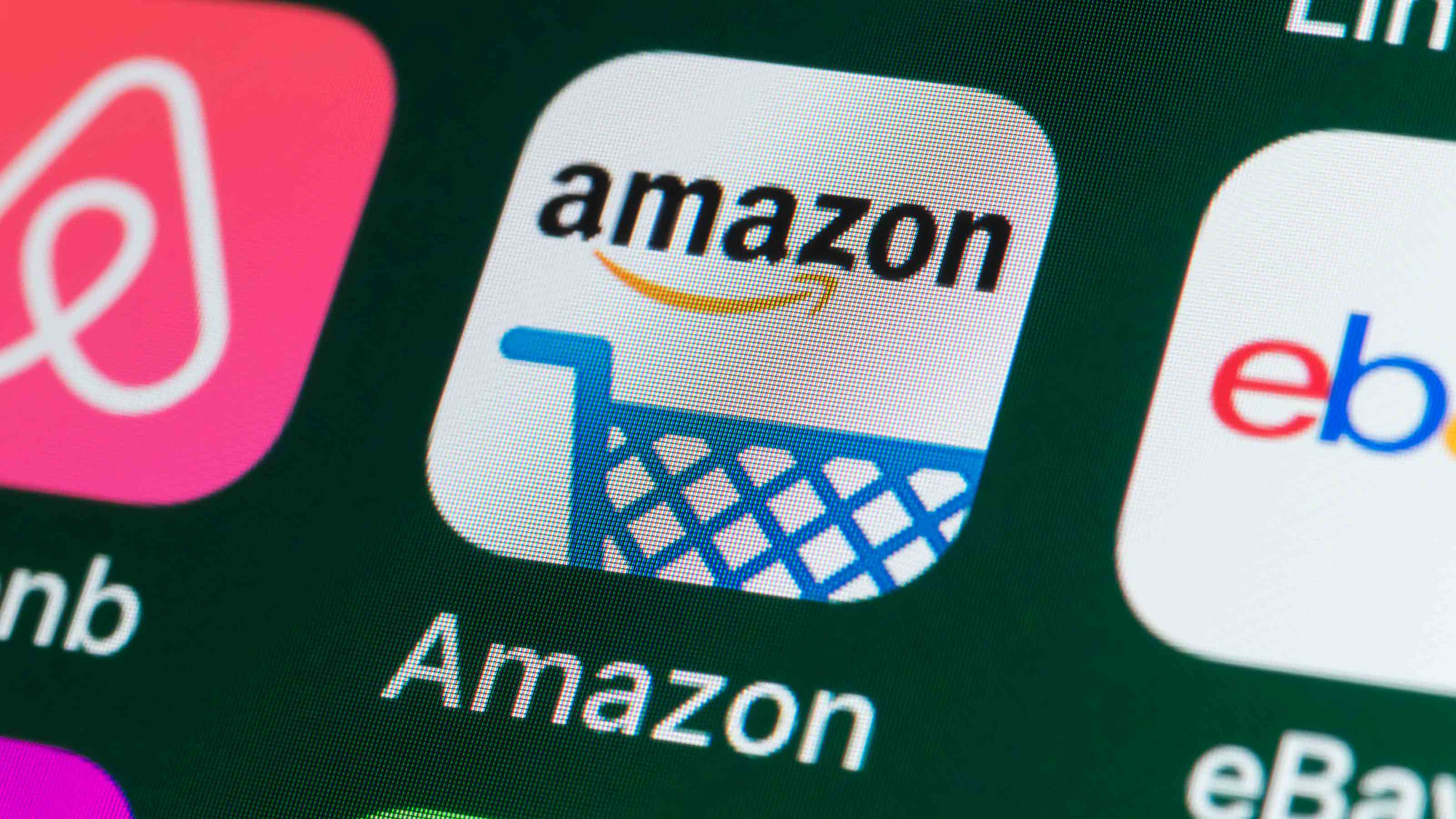Save $1,000 by the Holidays
Here are seven ways to to infuse more cash into your budget so you won't have to go into debt to buy gifts.

In September, my daughter and I were in one of those large craft stores and she noticed that holiday merchandise was on display. "Mom, why are they selling Christmas stuff already?" she asked. My response (because she's 6 and I needed to keep it simple): "Well, I guess some people just like to get a head start on the holidays."
In reality, retailers are rolling out Christmas items early in hopes that consumers will buy them at full price now rather than wait for discounts closer to the holidays. Rather than take the bait, you should consider getting a head start on your holiday savings instead. That is, by trimming some costs over the next two months, you can save up to $1,000 or more to finance your holiday gift giving and celebrating with cash rather than credit.
The actual savings in the examples below will vary (especially depending on which ones you can implement). But they do show it is possible to find an extra $1,000 in your budget over two months. Be sure to share your money-saving tips in the reader comments box below.

Sign up for Kiplinger’s Free E-Newsletters
Profit and prosper with the best of expert advice on investing, taxes, retirement, personal finance and more - straight to your e-mail.
Profit and prosper with the best of expert advice - straight to your e-mail.
Adjust your tax withholding. The average tax refund this year was nearly $2,900. If you got a refund, stop paying Uncle Sam too much throughout the year and keep that money for yourself. You simply need to change your tax withholding by filing a new W-4 with your employer's human resources department. To find out how many withholdings you should be claiming, try our Easy-To-Use Tax Withholding Calculator. The changes will go into effect on your next paycheck.
TWO MONTHS OF SAVINGS = $484 (based on the average refund)
Ditch the premium cable TV package. When I canceled my expensive premium cable package and opted for the cheap, basic service, I started saving $80 a month -- more than $950 a year. See Cut the Cable Cord for sources of free or cheap programming and movies. (Note: I kept basic cable service to score a discount on my phone and Internet services.) If you're not willing to give up cable, you might be able to get a discount from your provider just by suggesting that you are ready to cut the cord. Kiplinger.com Managing Editor Robert Long got his cable company to knock $17 off his monthly bill by hinting that he wanted to switch to a much-less expensive package or to even find a new provider.
TWO MONTHS OF SAVINGS = $160
Increase auto insurance deductibles. Increasing the deductibles on your comprehensive and collision coverage from $500 to $1,000, or even $2,500, can reduce your premiums by 12% to 18%. For example, boosting the deductibles from $500 to $1,000 would mean a savings of $648 per year, on average, for a family with two teenage drivers in northern California (which has a competitive auto insurance marketplace), according to the database at InsWeb, an insurance Web site.
TWO MONTHS OF SAVINGS = $108
Dine out less. You've heard it 100 times, but I'm gonna tell you again: You'll save big by eating your meals at home. If you spend about $50 on a dinner for two every time you go to a restaurant, you can save $100 just by eliminating one night out a month.
TWO MONTHS OF SAVINGS = $100
Live off your grocery stockpile. If your pantry and freezer look anything like mine, you probably have enough food to last you a couple of weeks. So skip one weekly trip to the grocery (at a cost of about $100 for a family of four), and put those canned goods and frozen foods to use.
TWO MONTHS OF SAVINGS = $100 (if you can live off your stockpile for a week; $200 if it'll get you through two weeks)
Find free babysitters. Round up another family or two and take turns watching the kids. If you go out for four hours every month and would have paid a baby sitter $10 per hour, you can save $40 per month. All you need to do is watch the other family's kids occasionally -- which gives your children a few extra playmates.
TWO MONTHS OF SAVINGS = $80
Drop your land line. If you're paying $25 a month (AT&T's current rate for unlimited long-distance calling) for home phone service but rely mainly on your cell phone, eliminate this monthly expense.
TWO MONTHS of SAVINGS = $50
TOTAL SAVINGS = $1,082
Get Kiplinger Today newsletter — free
Profit and prosper with the best of Kiplinger's advice on investing, taxes, retirement, personal finance and much more. Delivered daily. Enter your email in the box and click Sign Me Up.

Award-winning journalist, speaker, family finance expert, and author of Mom and Dad, We Need to Talk.
Cameron Huddleston wrote the daily "Kip Tips" column for Kiplinger.com. She joined Kiplinger in 2001 after graduating from American University with an MA in economic journalism.
-
 Stock Market Today: Great Power Affairs Mesmerize Markets
Stock Market Today: Great Power Affairs Mesmerize MarketsThe U.S. and China are at least talking about talking about tariffs, and investors, traders and speculators are showing a little less fear.
By David Dittman
-
 Is Walmart Plus Worth It?
Is Walmart Plus Worth It?There are tons of exciting Walmart Plus benefits – but are they worth the $98 annual fee?
By Rachael Green
-
 Five Ways to Save on Vacation Rental Properties
Five Ways to Save on Vacation Rental PropertiesTravel Use these strategies to pay less for an apartment, condo or house when you travel.
By Cameron Huddleston
-
 How to Avoid Annoying Hotel Fees: Per Person, Parking and More
How to Avoid Annoying Hotel Fees: Per Person, Parking and MoreTravel Here's how to avoid extra charges and make sure you don't get stuck paying for amenities that you don't use.
By Cameron Huddleston
-
 How to Appeal an Unexpected Medical Bill
How to Appeal an Unexpected Medical Billhealth insurance You may receive a bill because your insurance company denied a claim—but that doesn’t mean you have to pay it.
By Rivan V. Stinson
-
 Amazon Prime Fees Are Rising. Here’s How to Cancel Your Amazon Prime Membership
Amazon Prime Fees Are Rising. Here’s How to Cancel Your Amazon Prime MembershipFeature Amazon Prime will soon cost $139 a year, $180 for those who pay monthly. If you’re a subscriber, maybe it’s time to rethink your relationship. Here’s a step-by-step guide to canceling Prime.
By Bob Niedt
-
 How to Haggle for Almost Anything
How to Haggle for Almost AnythingSmart Buying Learning how to haggle is an invaluable skill. These strategies will help you negotiate a better price for just about any product or service.
By Katherine Reynolds Lewis
-
 Disability Insurance Can Provide COVID Coverage
Disability Insurance Can Provide COVID CoverageCoronavirus and Your Money If you are concerned about long-term complications from COVID-19, consider disability insurance coverage.
By Rivan V. Stinson
-
 21 Things You Can't Return to Amazon — Either Online or In-Store
21 Things You Can't Return to Amazon — Either Online or In-StoreDid you know there are things you can't return to Amazon? Before adding these 21 items to your cart, be sure to read Amazon's return policy first.
By Bob Niedt
-
 How to Avoid a Charity Scam
How to Avoid a Charity Scampersonal finance Scammers never quit, even when you're trying to be altruistic. But you can avoid getting duped if you do your homework.
By Rivan V. Stinson